Older Concrete Septic Tank
 |
| Older Concrete Septic Tank |
Introduction to Older Concrete Septic Tank
If you own an older concrete septic tank, you'll want to pay attention to this informative article. Discover the common issues that can arise with aging tanks and learn how to identify signs of trouble.
We'll provide you with maintenance tips to keep your septic tank in good working order and share steps to extend its lifespan.
Plus, we'll discuss important considerations for upgrading your older concrete septic tank and highlight professional services for repairs.
Common Issues With Older Concrete Septic Tanks
If you have an older concrete septic tank, you may encounter common issues due to its age and wear. It's important to be aware of these issues and take appropriate measures to address them.
One common issue is the deterioration of the concrete tank over time, which can lead to cracks and leaks. These cracks can allow wastewater to seep into the surrounding soil, leading to contamination of groundwater and potential health hazards. Seriously you do need to check out your old septic tank the designs have improved in recent years.
Another issue is the accumulation of solid waste and sludge in the tank, which can cause clogs and backups in your plumbing system.
To address these issues, upgrading options such as installing a new septic tank or switching to an alternative wastewater treatment system may be necessary. Additionally, using septic tank additives can help enhance the performance and longevity of your older concrete septic tank.
These additives contain beneficial bacteria that help break down solid waste and maintain a healthy balance in the tank.
Signs of Problems in Aging Concrete Septic Tanks
You may notice several signs of problems in your aging concrete septic tank. As the concrete tank ages, it becomes susceptible to various issues that can affect its functionality. One common sign of a problem is the presence of foul odors around your septic tank or in your yard. This could indicate a leak or a crack in the tank that needs immediate attention.
Another sign is slow drainage or backups in your plumbing system, which may suggest that the tank isn't functioning properly. Additionally, if you notice damp or soggy areas in your yard near the septic tank, it could be a sign of a leaking tank. These signs shouldn't be ignored, as they may require septic tank replacement or renovation to ensure the proper functioning of your system.
Now, let's move on to the next section to discuss maintenance tips for older concrete septic tanks.
Maintenance Tips for Older Concrete Septic Tanks
Regular maintenance is crucial for older concrete septic tanks to ensure their longevity and proper functioning.
To maintain your older concrete septic tank, there are a few key tips to keep in mind.
First, consider using septic tank additives. These additives can help break down solid waste and improve the overall efficiency of your septic system. However, it's important to choose additives that are specifically designed for concrete septic tanks.
Additionally, implementing regular DIY septic tank maintenance is essential. This includes inspecting the tank for cracks or leaks, checking the drain field for any signs of saturation, and ensuring that the tank is properly pumped and cleaned on a regular basis.
Steps to Extend the Lifespan of Your Aging Septic Tank
To extend the lifespan of your aging septic tank, there are several important steps you should take.
First, regular tank inspections are crucial to identify any potential issues before they become major problems.
Proper waste disposal is also essential, as excessive use of harsh chemicals or flushing non-biodegradable items can lead to tank damage.
Lastly, regular maintenance and timely repairs should be conducted to ensure the optimal functioning of your aging septic tank.
Regular Tank Inspections
If you want to maximize the lifespan of your aging septic tank, it's important to schedule regular tank inspections. Regular inspections are crucial for proper septic tank maintenance, as they help identify any potential issues early on and prevent costly repairs or replacements.
During a tank inspection, a professional will thoroughly assess the condition of your septic tank, checking for any signs of damage, leaks, or blockages. They'll also measure the levels of sludge and scum inside the tank, which can indicate if it needs to be pumped. Additionally, the inspector will evaluate the drainage field to ensure it's functioning properly.
Proper Waste Disposal
By following these simple steps, you can ensure proper waste disposal and effectively extend the lifespan of your aging septic tank.
One eco-friendly alternative to consider is the use of composting toilets. These toilets use natural processes to convert human waste into compost, which can then be safely used as fertilizer. Composting toilets are a great option for reducing water usage and minimizing the strain on your aging septic tank.
Another eco-friendly option is to be mindful of what goes down your drains. Avoid flushing harmful chemicals, non-biodegradable items, and excessive amounts of grease or oil. These substances can disrupt the natural balance of bacteria in your septic tank, leading to clogs and potential damage.
Proper waste disposal is key to maintaining the health and longevity of your aging septic tank.
Maintenance and Repairs
Regularly inspect and promptly address any maintenance or repair issues to effectively extend the lifespan of your aging septic tank. Implementing regular maintenance techniques is crucial in ensuring the optimal functioning of your concrete septic tank.
Start by conducting visual inspections of the tank and its components, checking for any signs of cracks, leaks, or structural damage. Additionally, monitor the levels of sludge and scum buildup, and schedule regular pumping to prevent blockages and overflows.
For minor DIY repairs, such as fixing small cracks, you can use epoxy or specialized sealants to patch them up. However, for more significant repairs or complex issues, it's recommended to consult a professional septic tank service provider.
By proactively maintaining and addressing repair issues, you can significantly extend the lifespan of your aging concrete septic tank.
To ensure the long-term functionality of your aging septic tank, consider upgrading to a newer model that offers improved durability and efficiency.
Upgrading Your Older Concrete Septic Tank: What to Consider
Consider upgrading your older concrete septic tank to improve its efficiency and longevity.
Upgrading techniques can greatly enhance the performance of your septic system and help avoid costly repairs in the future.
One popular upgrade option is to install a filter system. These filters prevent solids from entering the drainfield, reducing the risk of clogs and extending the lifespan of the system.
Another effective upgrade is the addition of an aerator. This device introduces oxygen into the septic tank, promoting the growth of beneficial bacteria that break down waste more efficiently.
When considering upgrades, it's important to factor in cost considerations. The initial investment may seem significant, but the long-term savings in maintenance and repairs make it a worthwhile investment.
Professional Services for Older Concrete Septic Tank Repairs
If you're experiencing issues with an older concrete septic tank, you should contact a professional service for repairs. Seeking professional advice is crucial to ensure that the repairs are done correctly and effectively.
Professionals have the knowledge and expertise to identify the root cause of the problem and provide cost-effective solutions. They can assess the condition of your concrete septic tank and determine if it can be repaired or if it needs to be replaced.
Professional services can repair cracks, leaks, and damaged components, such as the baffle or inlet/outlet pipes. They may also recommend preventive measures to prolong the lifespan of your septic tank.
Frequently Asked Questions
Can I Upgrade My Older Concrete Septic Tank to a Newer Model?
Yes, you can upgrade your older concrete septic tank to a newer model. Upgrading costs may vary depending on the size and type of tank you choose. The benefits of upgrading include improved functionality and increased lifespan.
How Often Should I Have My Older Concrete Septic Tank Pumped?
You should have your older concrete septic tank pumped every 3-5 years to ensure proper functioning. Regular maintenance is crucial for upgrading and maintaining septic tanks. Consult a professional for accurate assessment and recommendations.
Are There Any Special Maintenance Tasks I Should Perform for an Older Concrete Septic Tank?
To properly maintain your older concrete septic tank, there are several tasks you should perform. Regularly inspect and pump the tank, upgrade to a newer tank design if necessary, and follow proper disposal practices to ensure the longevity of your septic system.
What Are the Signs That My Older Concrete Septic Tank Is Failing?
To determine if your older septic tank is failing, look for signs such as sewage backups, foul odors, slow drains, or lush vegetation around the drain field. The lifespan estimation for concrete tanks is around 40-50 years.
Is It Possible to Repair Cracks or Leaks in an Older Concrete Septic Tank?
Yes, it is possible to repair cracks and seal leaks in an older concrete septic tank. There are various methods, such as using epoxy or polyurethane sealants, that can effectively fix these issues and extend the tank's lifespan.
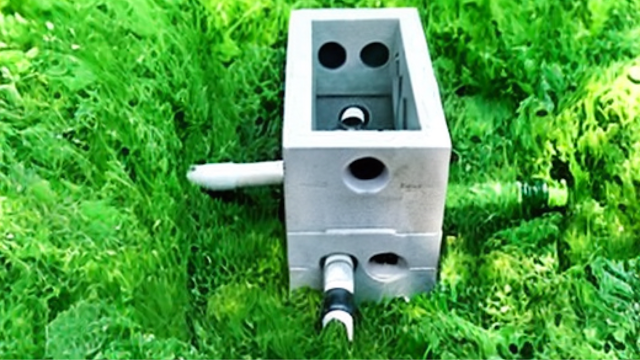

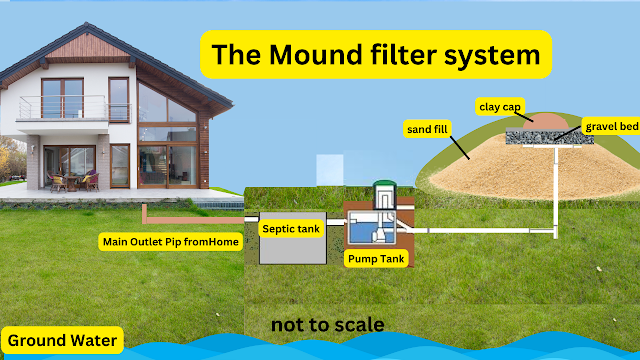
.png)

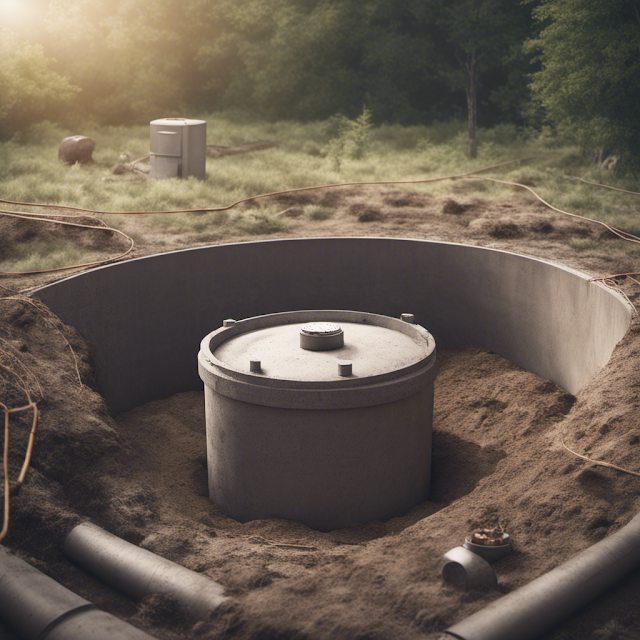
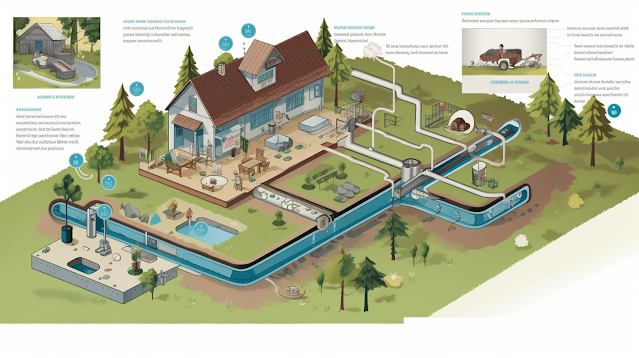
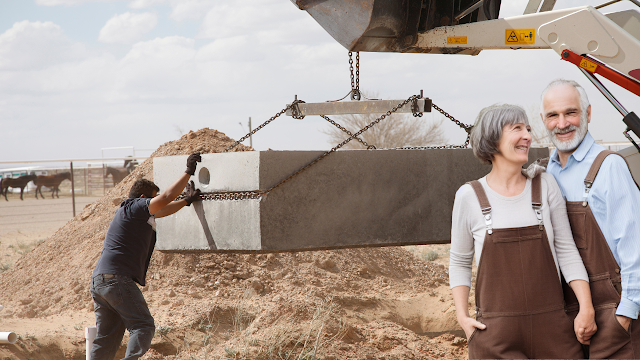


Comments
Post a Comment